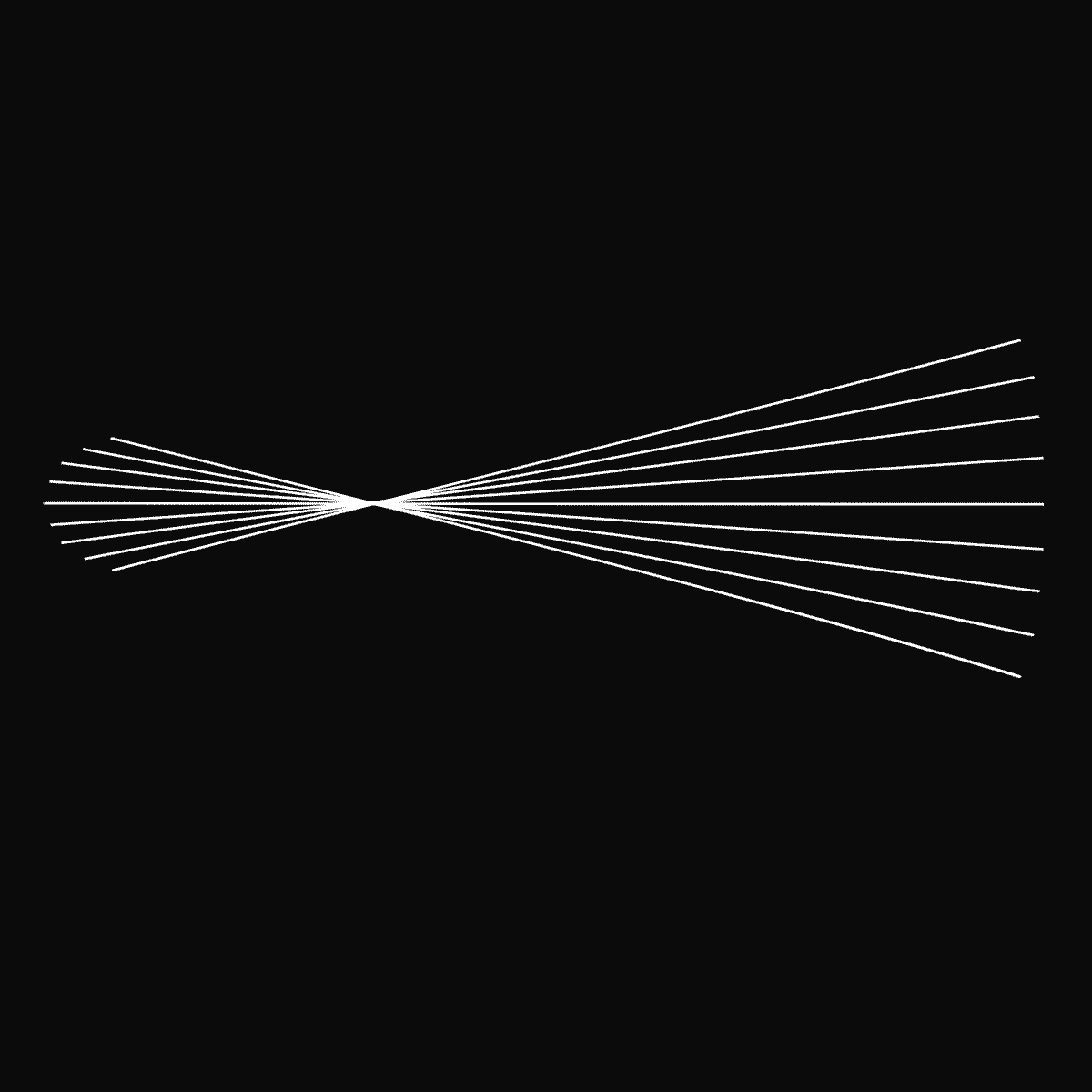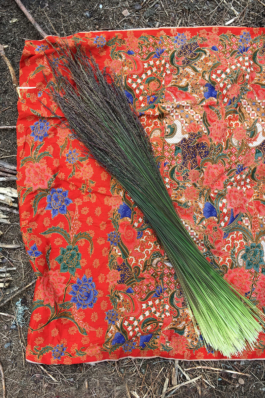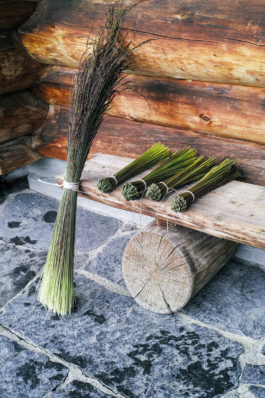



Visual by Evey Kwong
Craft residency, 2019
⭢ Habkern, CH
For generations, the Swiss folks own a tradition of whisk broom-making for their daily use. These brooms, typically made of purple moor-grass are an inconspicuous whisk brooms made by women farmers, braided in fall for the use of cleaning wooden stove surfaces.
This simple utilitarian object symbolises the women’s occupation and matriarchy. Today, the wooden stoves are no longer in use and with the increasingly disappearing marshes, this tradition is lost. With Margrit Linder, i learned techniques researched and inquired by her through the local women in making the whisk.




Optically, the fibre and length looks very similar to the South East Asian mangrove palm, in which the natives uses its stems to make whisk brooms called, “penyapu lidi”.
A happy family of Ybriger, Urner and Habkern Handbeseli with differing techniques made of purple moor-grass species. The bottom mini version is an improvisational Ybriger design by industrial designer, Flavia Brändle.

Visual by Evey Kwong
Craft residency, 2019
⭢ Habkern, CH
For generations, the Swiss folks own a tradition of whisk broom-making for their daily use. These brooms, typically made of purple moor-grass are an inconspicuous whisk brooms made by women farmers, braided in fall for the use of cleaning wooden stove surfaces.


Optically, the fibre and length looks very similar to the South East Asian mangrove palm, in which the natives uses its stems to make whisk brooms called, “penyapu lidi”. (wip)

A happy family of Ybriger, Urner and Habkern Handbeseli with differing techniques made of purple moor-grass species. The bottom mini version is an improvisational Ybriger design by industrial designer, Flavia Brändle.
